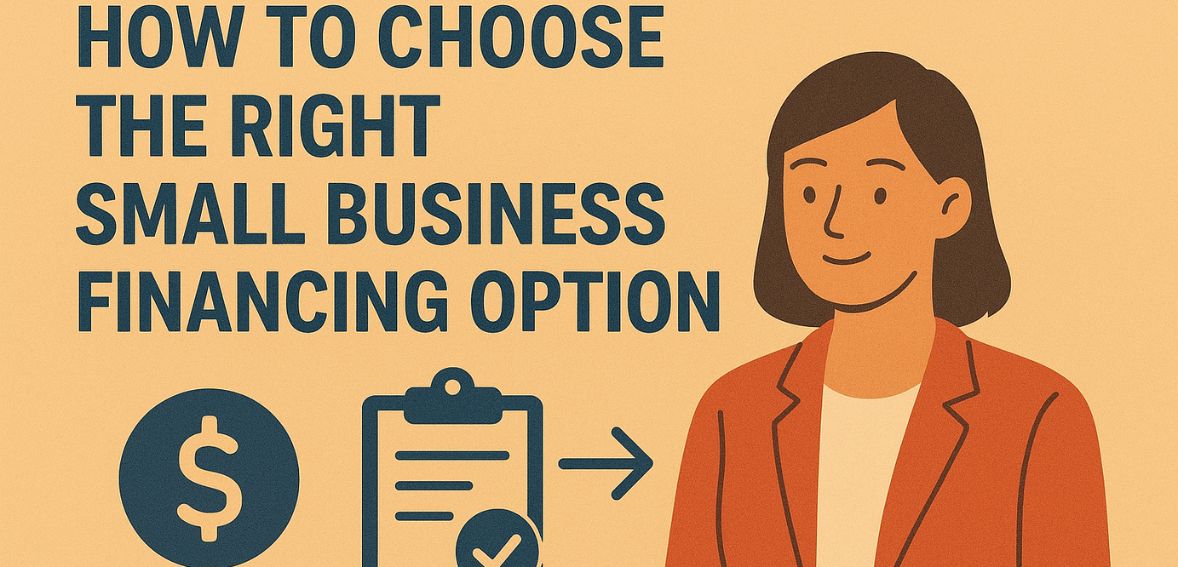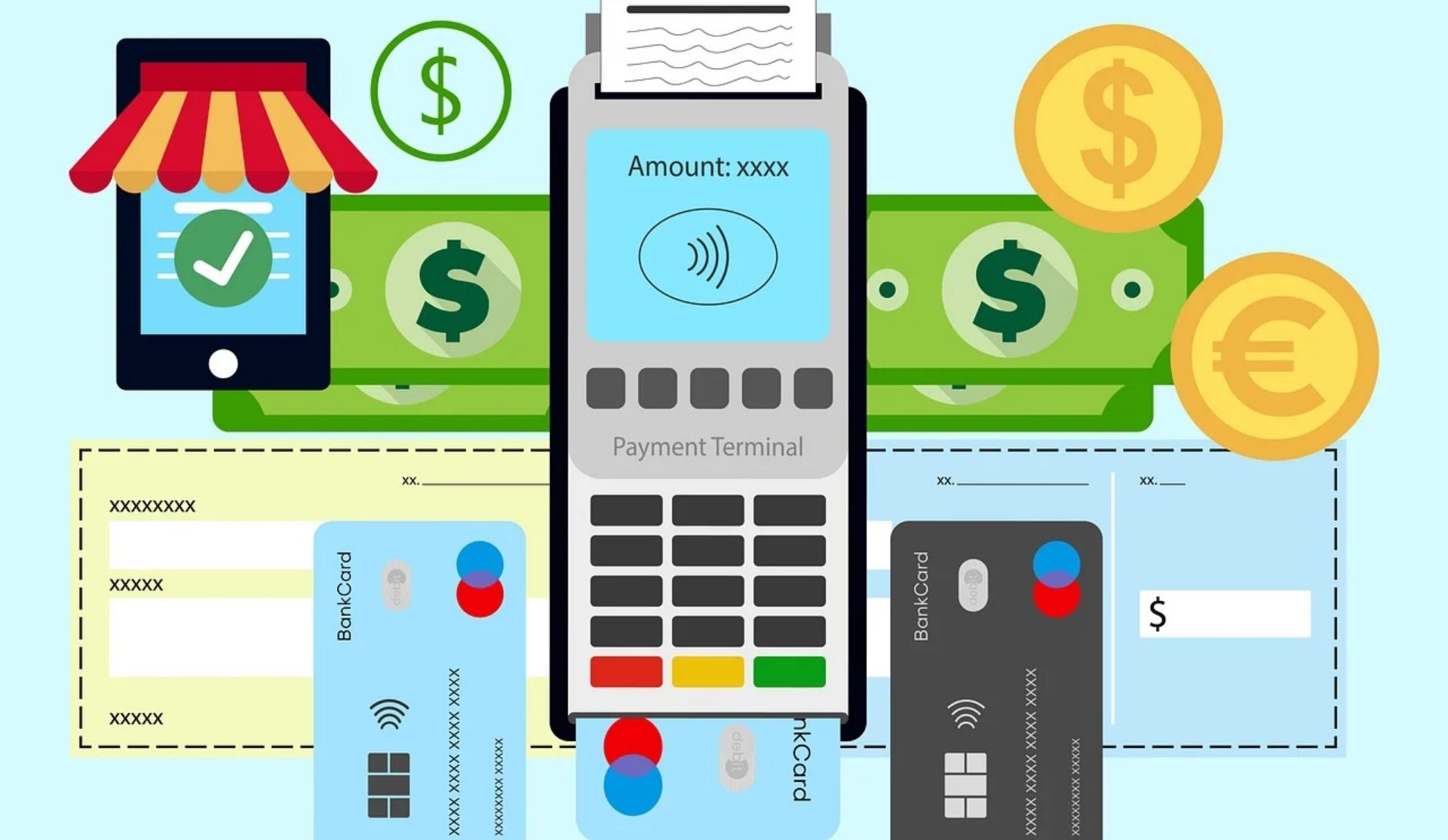One of the most important duties of managing a small business is making sure you have adequate capital to expand, stabilize, and overcome obstacles. There may come a time when your working capital is insufficient, regardless of whether you are starting a new business or growing an existing one. At...
Business Line of Credit vs. Merchant Cash Advances
Every business encounter cash flow problems, regardless of their size. Whether you found yourself needing to cover payroll while business was slow, stocking up on seasonal inventory, or dealing with an emergency expense, having the ability to access funding quickly can be a game changer. This is where short-term financing...
A Complete Guide to Scheduled Payments
Recently, more businesses are using scheduled payment schemes to ensure stable income. Moreover, some schemes are important for managing money well. As business grows, they require ways to reduce stress and stay focused. In addition, many online shopping sites have allowed customers to buy and later pay or pay in...
Hello world!
Welcome to WordPress. This is your first post. Edit or delete it, then start writing!


